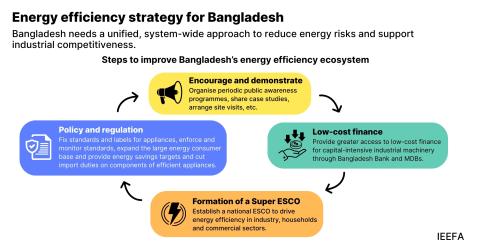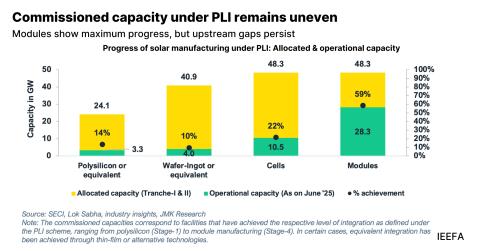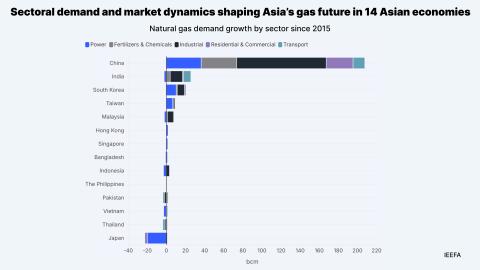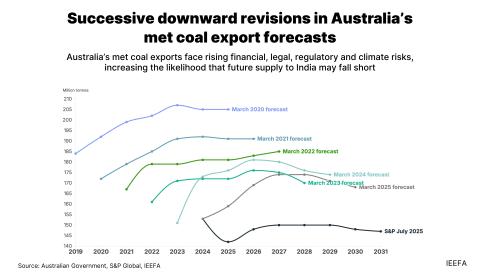Can maritime hydrogen overcome the headwinds?
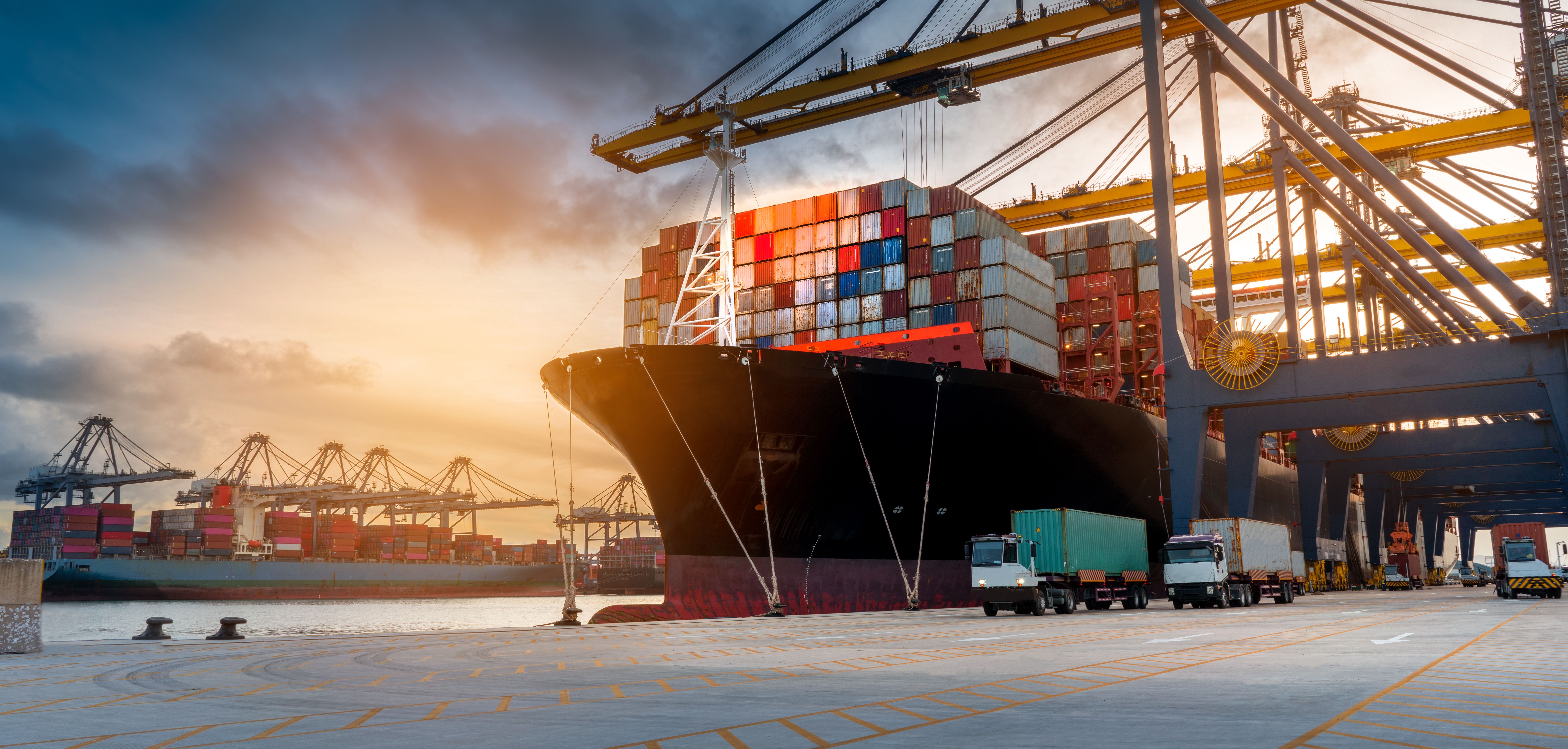
Key Takeaways:
Fossil fuels currently power more than 99% of global shipping, and the sector produces more than 700 million Mt of CO2 annually.
Stakeholders are increasingly considering fossil fuel substitutes such as hydrogen.
Hydrogen, despite some potential uses, currently faces cost, infrastructure, and technological barriers to widespread maritime adoption.
A large-scale buildout of dirty hydrogen capacity risks undermining the sector’s (and planet’s) decarbonization goals.
Maritime shipping is both vital to the global economy, facilitating 80% of trade and enabling trillions of dollars in annual economic activity and responsible for more than 700 million tonnes (Mt) of carbon dioxide (CO₂) a year. Alternative energy sources—such as hydrogen—are gaining notice and the International Maritime Organization (IMO) has committed to achieving net-zero by 2050. However, widespread adoption requires overcoming substantial economic, technological, and operational barriers—and a poorly-planned scaleup of maritime hydrogen could risk undermining net-zero goals in the long run, according to a new report from the Institute for Energy Economics and Financial Analysis (IEEFA).
“The maritime sector stands at a pivotal moment as the urgency to combat climate change grows,” said Abhishek Sinha, IEEFA energy finance analyst and co-author of the report. “As various low-carbon approaches continue to emerge and develop, it is important to remember that the industry’s path is neither inevitable nor pre-determined; economics, technology, and policy all will continue to inform the maritime sector’s energy transition.”
The report evaluates the promises of green hydrogen-based maritime fuels, and the signs of preliminary market interest from industry players. It also identifies several hurdles that will need to be addressed if maritime hydrogen is to have a chance of living up to its promises, including:
- High Costs: The economic feasibility of green hydrogen depends on reducing production costs and increasing infrastructure investments, while cheaper, higher-carbon forms of hydrogen risk undermining decarbonization goals.
- Infrastructure Needs: A green shipping sector requires substantial investment in vessels, fueling systems, and port infrastructure.
- Policy and Guidance Gaps: Robust regulatory frameworks are needed to incentivize adoption, avoid carbon lock-in, and ensure the transition is truly sustainable. There is immense peril in a poorly-managed scaleup. Not all hydrogen is created equal, and a large-scale buildout of dirty hydrogen capacity risks undermining the sector’s decarbonization goals.
Collaboration among regulators, industry stakeholders, and market actors is essential to navigate these risks effectively.




